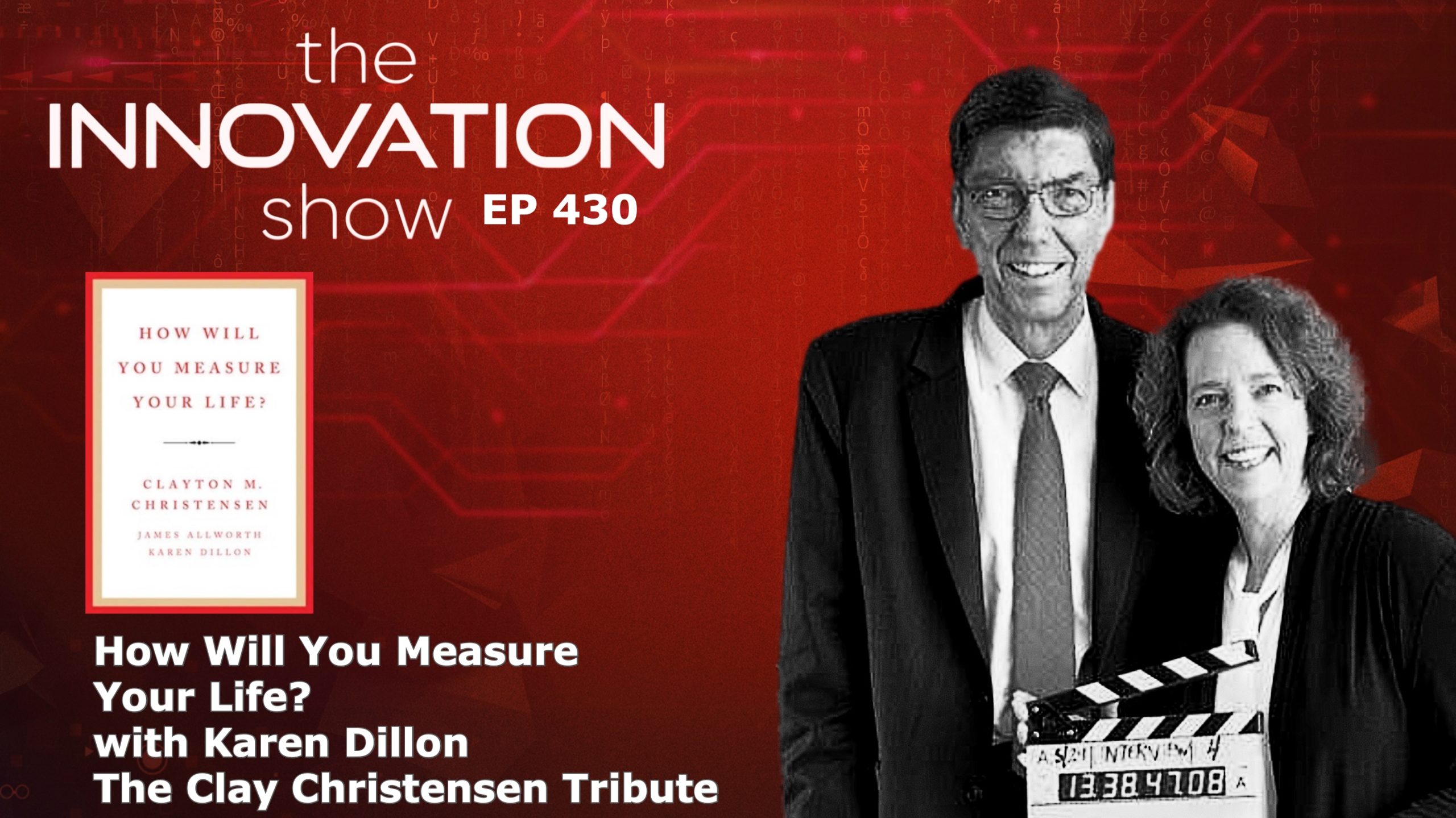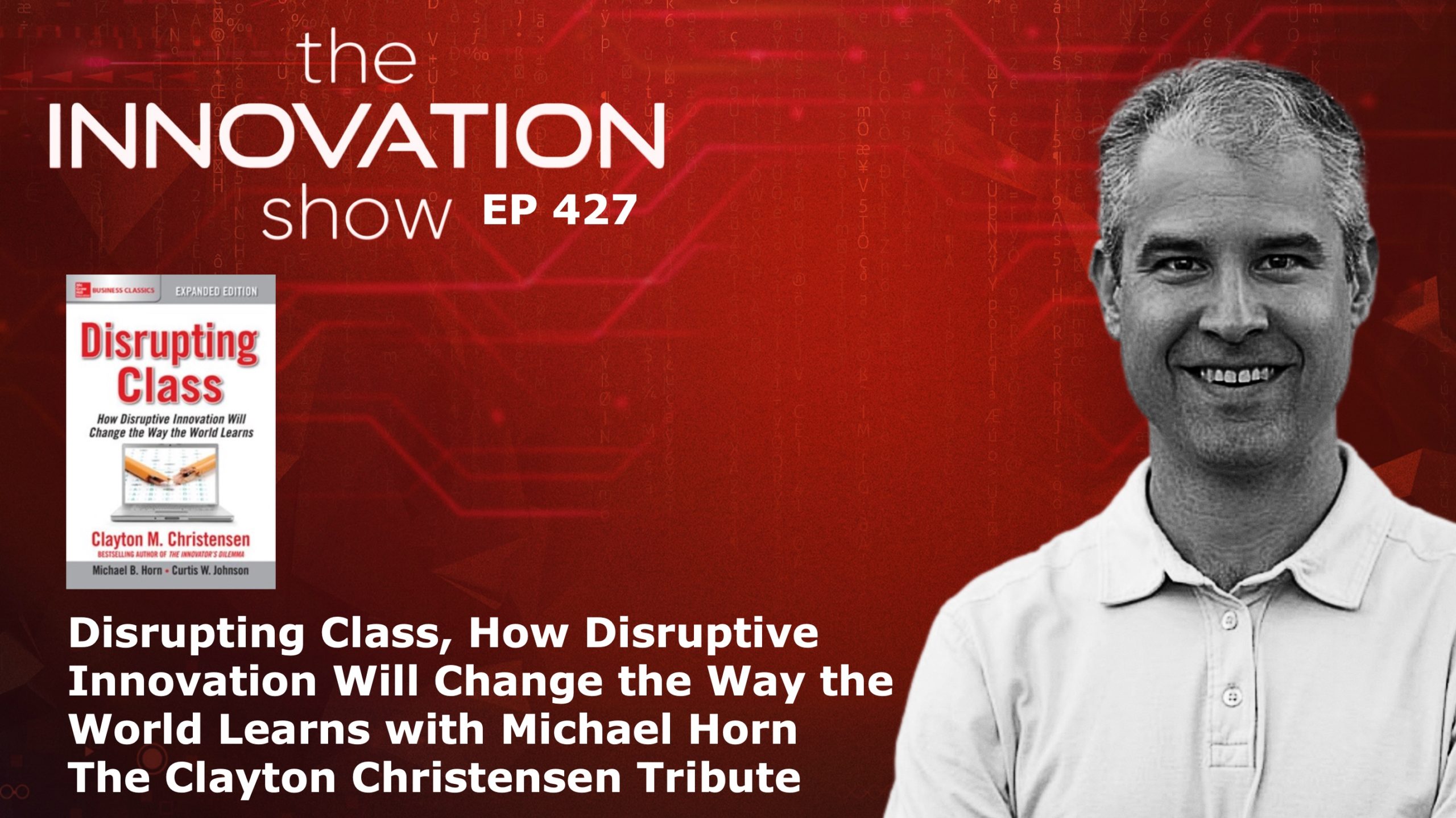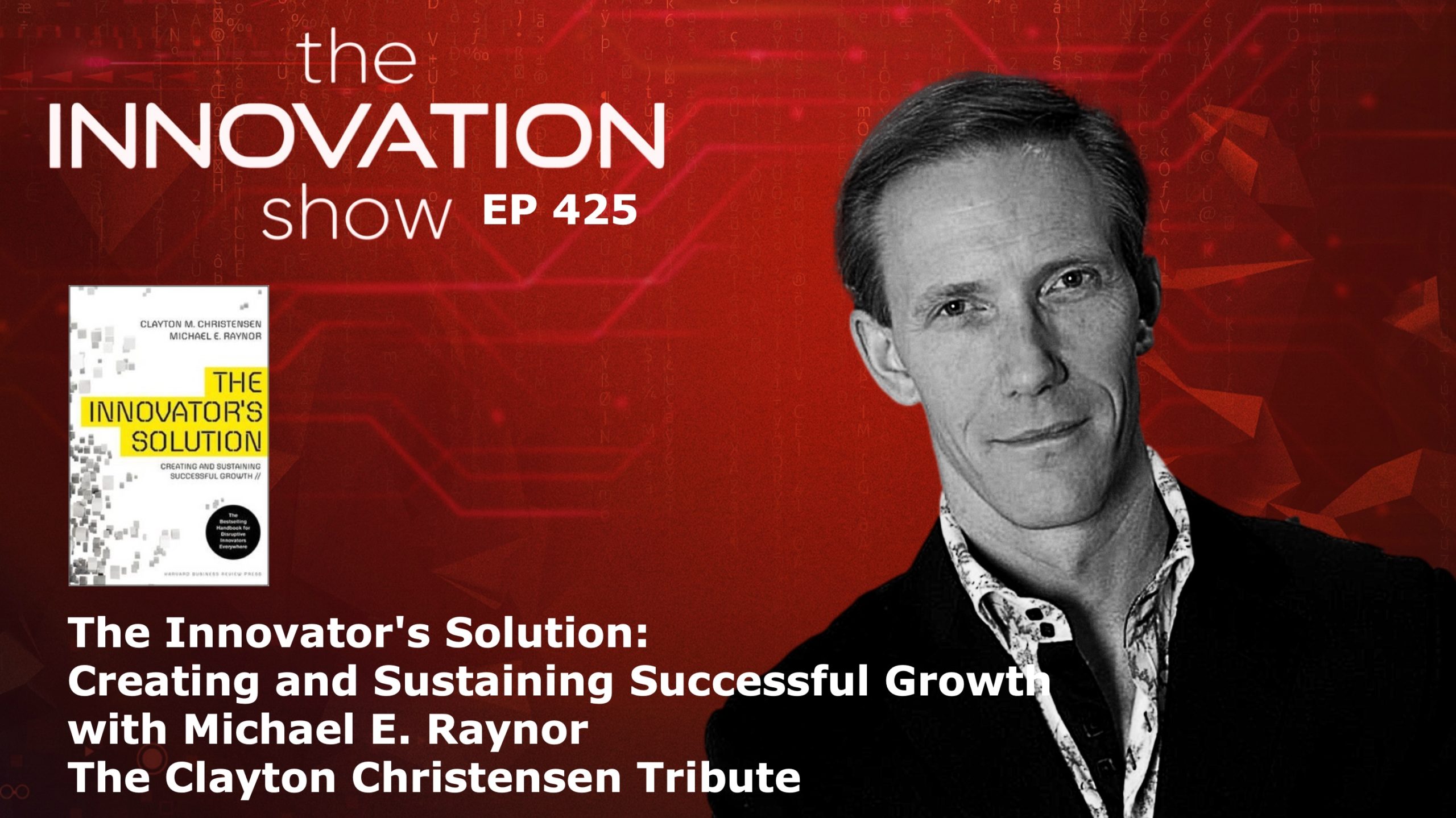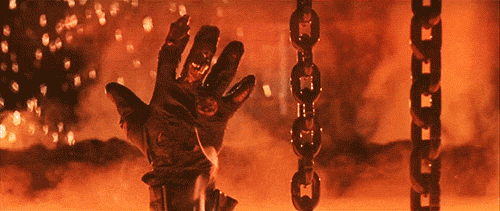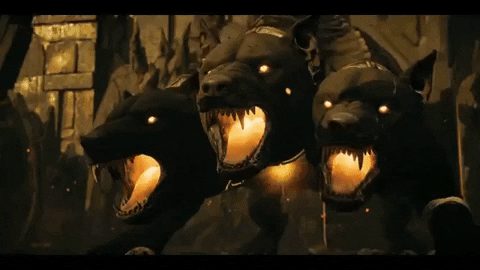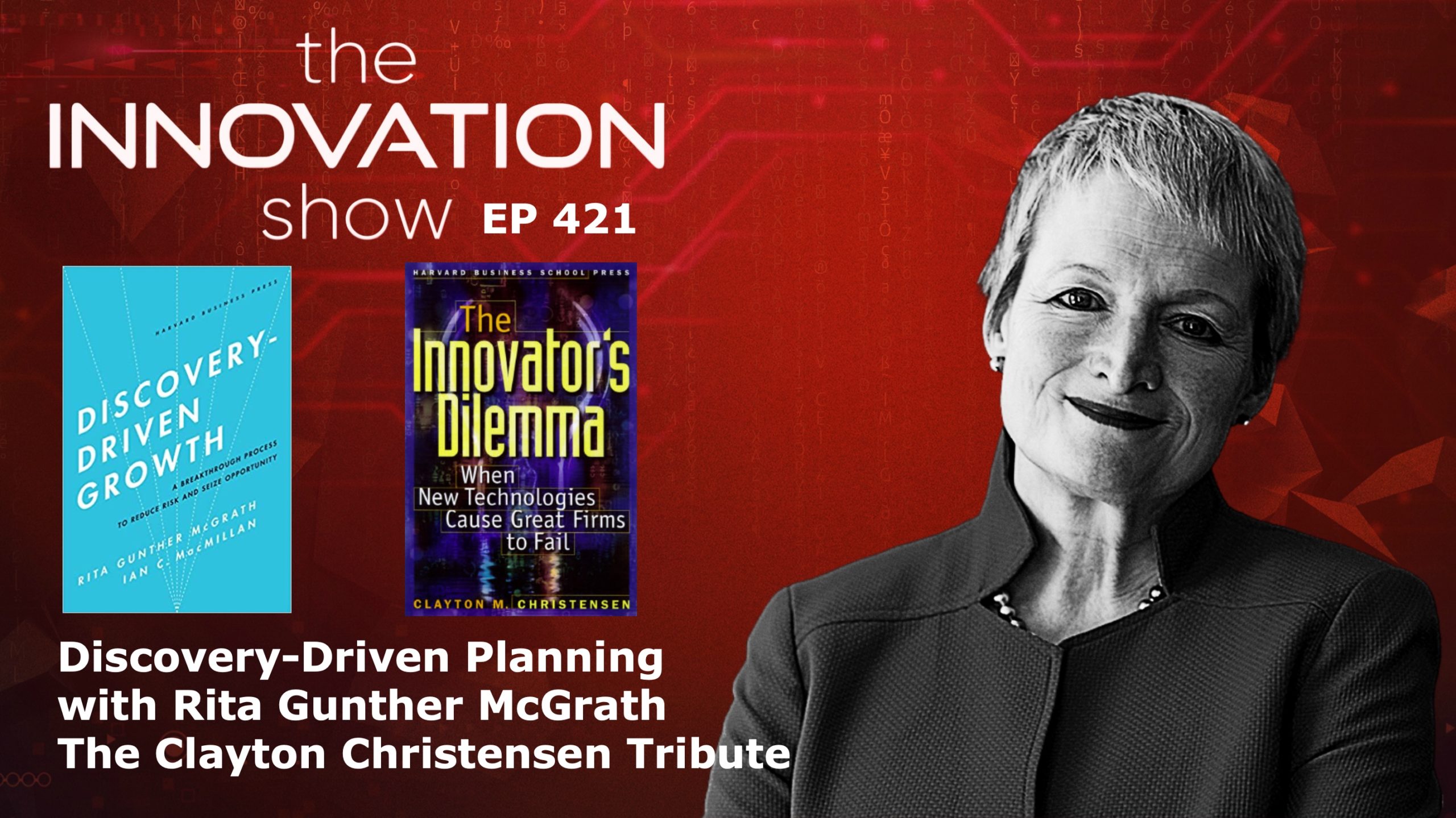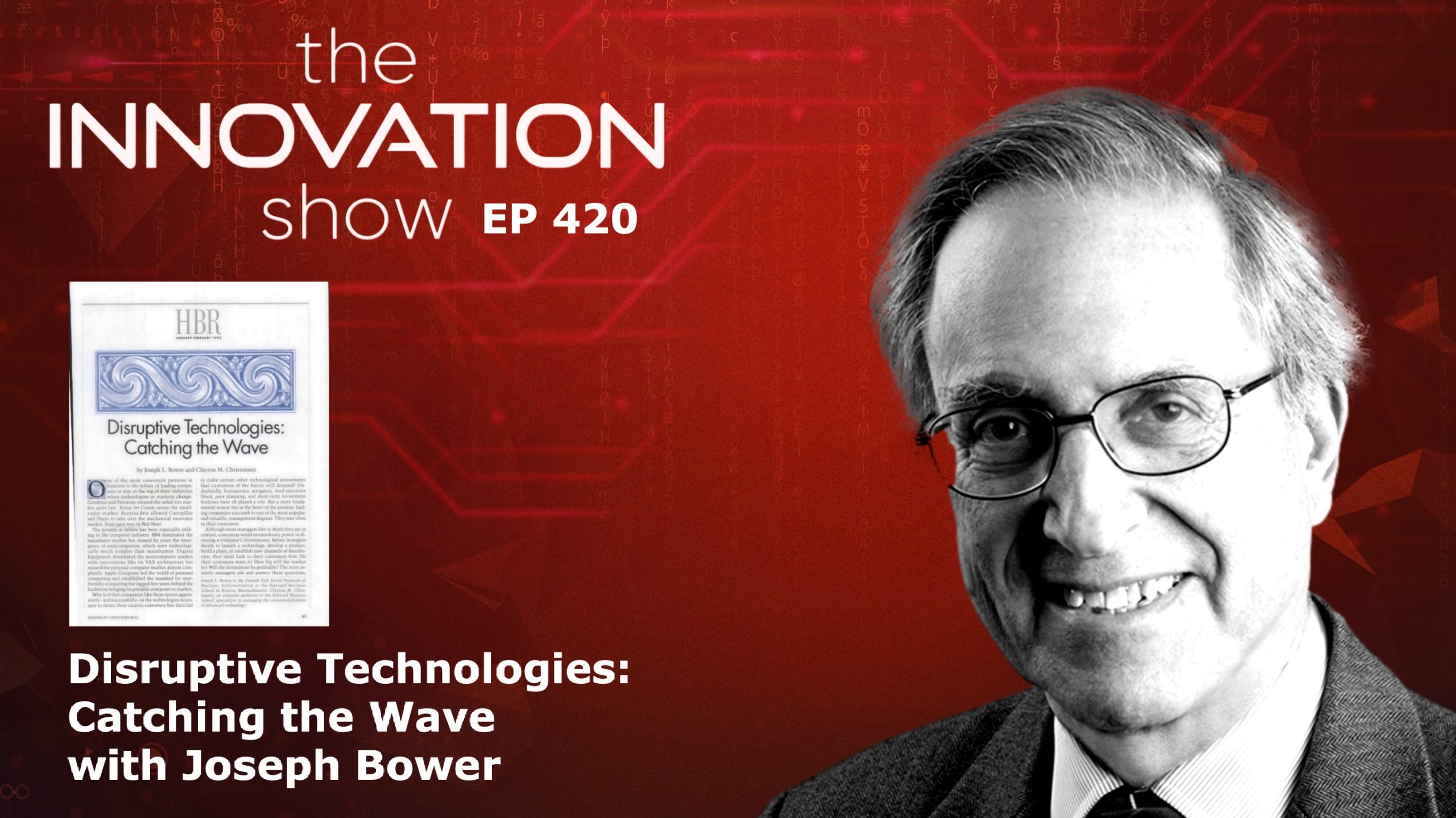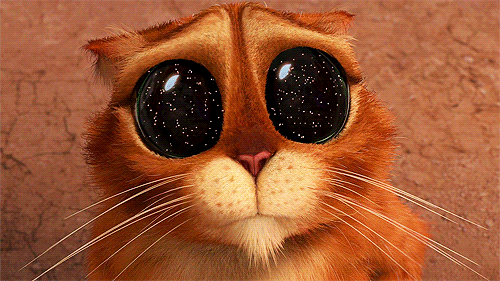Karen Dillon joins us to share concepts from her book How Will You Measure you Life co-authored with her friend, Clay Christensen
Posted 2 years ago Tagged Aidan McCullen Business Disruption Entrepreneurship Guillaume Apollinaire Butterflies Honda Emergent Strategy Innovation Leadership Strategy Transformation
“Butterflies, for all their graces, are merely caterpillars who persevere.” Guillaume Apollinaire, Honda and the emergent strategy in America.
Posted 2 years ago Tagged Aidan McCullen Clayton Christensen Clayton M. Christensen Corporate Culture Disrupting Class Disruption Michael B. Horn Transformation
Clayton M. Christensen and Michael B. Horn’s “Disrupting Class” is an unsettling title for a book about the schooling process.
The title conveys multiple meanings.
The principal message is that disruption can usefully frame why schools have struggled to improve and how to solve these problems.
Posted 2 years ago Tagged Aidan McCullen Business Clayton Christensen Disruption Disruptive Innovation Entrepreneurship Innovation Leadership Michael Raynor Strategy Technology The Innovator's Solution Transformation
The Innovator’s Solution summarises a set of theories that can guide managers who need to grow new businesses with predictable success—to become the disruptors rather than the disruptees—and ultimately kill the well-run, established competitors. To succeed predictably, disruptors must be good theorists. As they shape their growth business to be disruptive, they must align every critical process and decision to fit the disruptive circumstance.
Posted 2 years ago Tagged Apoptosis Business Corporate Culture Disruption Entrepreneurship Innovation Transformation
Apoptosis provides a fitting metaphor for what must happen in organisations to survive continuous cycles of change. Rather than letting the entire organisation die, the corporate body’s sectors, departments, and business units must regularly renew, just like a human body. Like any healthy process, the end of one cycle is the beginning of another, and it is better to embrace this law than to resist it. Easier said than done.
Posted 2 years ago Tagged Aidan McCullen Business Clayton Christensen Corporate Culture Disruption Innovation Joseph L. Bower Clayton Christensen Tribute Disruptive Technologies: Catching the Wave Leadership
Using the rational, analytical investment processes that most well-managed companies have developed, it is nearly impossible to build a logical case for diverting resources from known customer needs in established markets to markets and customers that seem insignificant or do not yet exist.
Posted 2 years ago Tagged Aidan McCullen Business Clayton Christensen Corporate Culture Discovery Driven Planning Disruption Entrepreneurship Innovation Leadership Rita McGrath Strategy Transformation
Discovery-Driven Planning with Rita Gunther McGrath The Clayton Christensen Tribute
Posted 2 years ago Tagged Birth of Telephone Business Clayton Christensen Corporate Culture Disruption Innovation Joseph Bower Leadership Scott D Anthony Transformation
As Clayton Christensen reiterated throughout his work, capable managers do not become incapable overnight; they act in what they believe is in the best interests of the organisation they serve. For the executives in Western Union, there was simply no way they could have anticipated that the telephone would ever get good enough to be a competitive threat. As the great innovator Buckminster Fuller said, “There is nothing in the caterpillar that tells you it will be a butterfly.”
Posted 2 years ago Tagged Aidan McCullen Business Catching the wave Clayton Christensen Corporate Culture Disruption Entrepreneurship Innovation Joseph Bower Joseph L. Bower Clayton Christensen Tribute Disruptive Technologies: Catching the Wave Leadership Resource Allocation Theory Strategy Technology Transformation Undisruptable
Joseph L. Bower is the father of Resource Allocation theory included in his 1970 groundbreaking book, Managing the Resource Allocation Process.
He has been a leader in general management at Harvard Business School for over 5 decades where he is the Donald K. David Professor Emeritus.
He was Clayton Christensen’s doctoral thesis adviser and worked with Clay to develop and stress test his theories.
He is with us today to recognise his friend and revisit that famous 1995 article,
“Disruptive Technologies: Catching the Wave” that preceded the Innovator’s Dilemma
In a way this episode is a prequel to part one.
It is a great honour to welcome for the hour or Bower: Professor Joseph L. Bower
Posted 3 years ago Tagged Aidan McCullen Corporate Culture Disruption Hubel Wiesel Cats Innovation Leadership Transformation
“Many of us are living a very narrow life; we have self-inflicted blinkers on. Widen your view, widen your mind, widen your life.” — Marcus Aurelius
The information we absorb dramatically impacts how we perceive the world.
